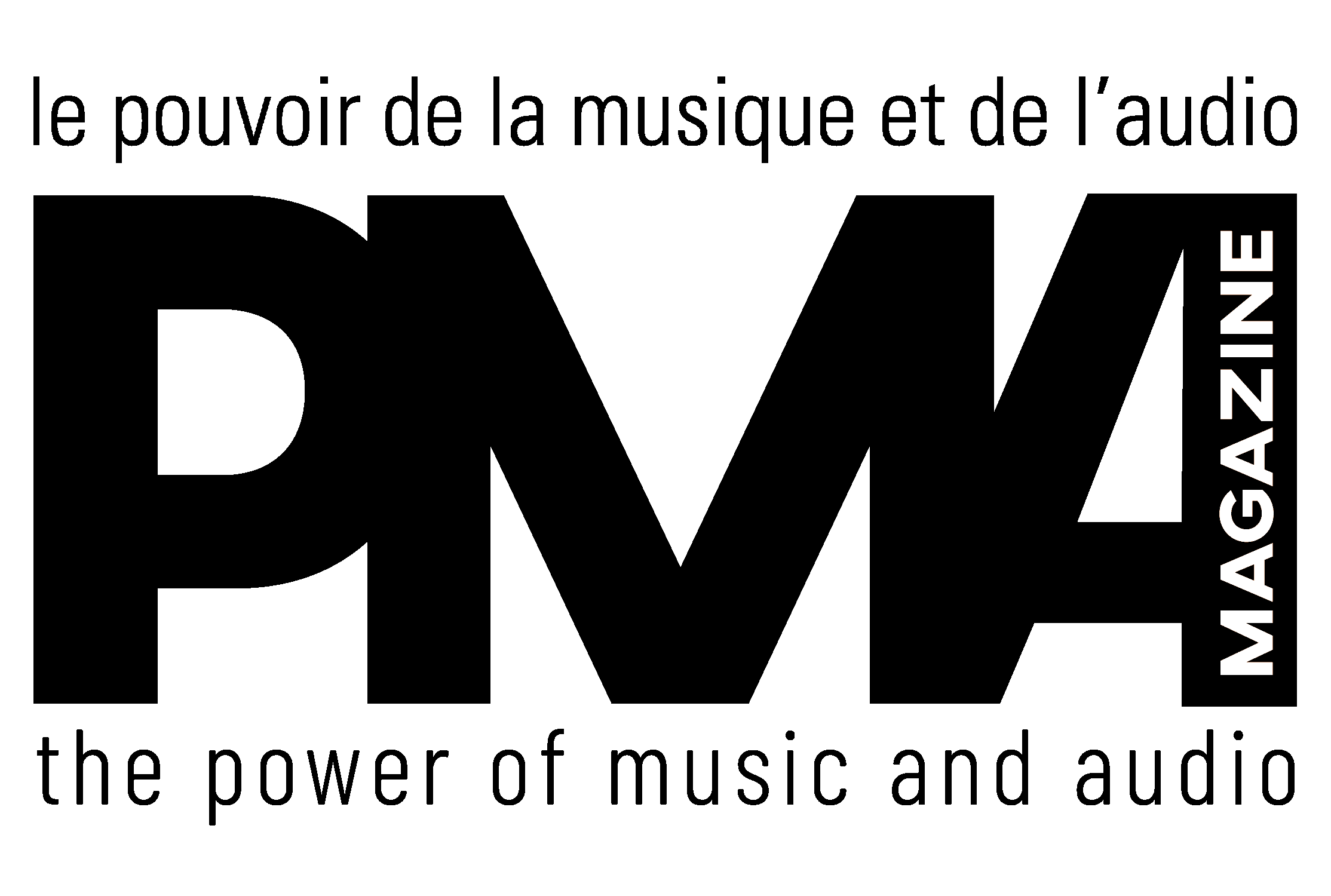
The following is a transcription of an email exchange I had with Audience’s John McDonald and AudioQuest’s Bill Low, after I’d asked them which signal cables between which components were most likely to improve a system’s sound quality. Unlike with my previous similarly-oriented piece on power-related components, which went according to plan, with this article I immediately hit a wall (of sorts, but with a door). I got answers, just not the ones I expected.
Robert Schryer
Hi John, hi Bill. I’m back with another invitation to ask if you’d like to participate in a follow up article to my “AC-power related” one. This time I’d like us to tackle signal cables, specifically by asking if you’d be willing to answer these questions:
In absolute terms, everything else being equal, do interconnects or speaker cables make the biggest difference to a system’s sound quality? If you answered interconnects, connected between which components? (Between the turntable and the phono, the amp and the preamp, etc… cables can also include digital cables, Ethernet cables, etc…) Could you give an order to your selection?
Bill Low
Hi Robert, thanks for asking!
Before I contemplate a response, might you consider a different question—because again, without a specific context and knowing the existing cables, I’m sorry, the question is defective.
As with say asking, “should I change my DAC or my preamp or my power amp first?”—not knowing all the details of the context, and the priorities of the listener, a do-this or do-that answer would be outright incompetent.
Maybe that’s the most competent answer I can give: don’t be a sucker for the magic-key trap.
One shouldn’t be a sucker for the magic-key trap, [which is] as ridiculous as believing that a system is only as strong as its weakest link, rather than the truth that a system is an accumulation of sins for which a useful question would be, “where is the best ROI for making an upgrade?” Still, it’s a question that can only be answered by first learning every detail of the system and the listener’s priorities.
There is such a thing as useful general advice regarding things to have in mind when the “desire for better” bug bites—but don’t feed poison to the friendly bear.
John McDonald
I second Bill’s sentiment.
Robert Schryer
Perhaps my question wasn’t well formulated so I’ll try to reask it from a more practical perspective:
Assuming someone is using your entry level cable model from a particular cable series to connect his whole system, if that person had the means to only upgrade one cable from that same cable series, is there a signal cable, or a place to insert it, that would likely reap the greatest benefit? And if later that person had more funds and wanted to upgrade again, where should they likely go next? (And so on…)
Does that help?
John McDonald
Generally speaking, the only way to be sure which cable makes the most improvement would be to evaluate by testing. There are too many variables in each system to maintain a standard answer to this question. However, if pressed to answer the question without evaluating, our experience is that the most critical interaction in a system is between the amplifier and the loudspeakers. Therefore I would say the loudspeaker cables should be upgraded first.

Robert Schryer
Thanks, John.
I understand there are many variables at play between electronics. But, speaker cables aside, would it not stand to reason that, generally speaking, one should try to preserve the signal as much as possible by improving the cabling closest to the source, i.e. first get a better digital cable or TT cable, then a better cable to the preamp, then the amp? It’s what I thought anyway, based on the assumption that you can’t restore information that has failed to pass through the signal chain in the first place. But I could be wrong. 🙂
John McDonald
Yes, I agree with your logical thinking 100%. However, in the field, our experience proves otherwise. I understand the idea of preserving the original signal as a priority. However, if more damage is being done between the amplifier and the loudspeaker, then that placement can become more important. Again, there are MANY variables at play to just have a pat answer to this complex and sometimes mysterious scenario.
Robert Schryer
Makes sense, John. Thanks.
After I’d received Bill’s response above, I sent him an email asking if he’d be willing to write an opinion piece I would publish to elaborate on his philosophy as a counterpoint to the article I planned on writing, to which he replied, in the same email:
Bill Low
Hi Robert,
Thanks for the invitation to write about my larger philosophy of audio—which won’t be until I’m back in NYC late next week.
Your new question is slightly more answerable—though I still think it’s wrong to ask a question for which the answer is advertorial, no matter how honest.
All my recent points apply. Why a Toslink or analog interconnect or USB or speaker cable [would be better] depends on context.
A philosophy of when one makes a change in one’s system, a process all too often not actually an ‘upgrade’, but what I refer to as “giving flowers to one’s hifi.” The new piece should be—at least as one can best imagine in the present—the last piece in the system that will be upgraded again.

In other words, one loses money, but gains the pleasure-hit when moving up—so get ahead of the process with fewer bigger changes.
Some of the worst advice in all of audio is about a “cable loom.”
It’s likely that a well-designed cable line will eventually earn all the positions in a curated system, but the silliest thing would be to divide the budget over many cables, instead of changing one at a time in order to assemble a loom at a considerably higher plateau.
Having either John or me describe which model we would advise a consumer to buy is transactional information—not advice about which parts of audiophile mythology/religion is total hokum, and which parts are fundament good advice.
The biggest lie in audio mythology is that pursuing good hifi is focused on sounding “real”. No hifi sounds real; it’s the wrong litmus test, which all components fail. A better system delivers better emotional transportation. A better system more strongly conveys the physical sensuality of music. But “real?” Never.
A higher resolution system can more plausibly evoke the textural detail of the instruments, [along with] the colorations and flaws of the hundreds of things that go wrong, starting with there not being any microphone that isn’t highly colored, making the choice of microphones for each voice, instrument, etc., akin to an artist laying the foundation of an impressionistic work of art.
A system can aspire to evoke real, but can never be real. All performances are renderings of what the composer and performer have in their head—that’s where music comes from. The mantra that a recorded rendering should be a perfectly accurate history lesson is an objective to never lose sight of, but like navigating by the stars, one has to know where the North Star is, although if one thinks one can go there, they are delusional.
The punch line is that the better the system is at thrilling us with the most alive and present sounding presentation possible, while as wonderful as that is, and while such a system is in significant ways superior at creating an experience in the present, the more obviously not “real” the result. A Catch 22-like conundrum.
Our predictive algorithms and imagination can create “real”, otherwise, without the music hijacking those mechanisms, there would be no virtual image, no “stereo.” It’s wonderful how totally wrong our programming is, making such gross mistakes while doing its best to interpret two compromised data streams from left and right speakers. For our brains to do this, less misinformation and a lower noise floor are the priorities, not more information.
Power, switches and cable are about the only parts of a system for which provable (bypass testing) lack of character (neutrality) is the only correct path.
Every other part of an audio system should be chosen for minimal character, with acknowledgement that whether a DAC, amp or speaker, the competent choice must acknowledge the character of the product, and the compatibility of that character with the individual’s priorities, and with the other gear in the system, but only if one truly likes the other gear.
Back in the last century, I had hundreds of conversations with people who were dedicated to their Thiel speakers but didn’t like their “brightness.” In choosing an amp [for that speaker], overtly mellow would be a priority, but there is no way that cable can provide that potential benefit. A foggy, diffuse-sounding cable is not a beautiful tube amp in disguise; the speaker will still be bright, and the cable will need immediate replacement once the person accepts they don’t actually like their speakers.
I do have a rather long, wordy way of saying that I believe your revised question is still business-oriented ground-level—singing nuns (The Singing Nun, 1963), not theology.
Let the conversation continue!
Best wishes,
Bill
Will it continue? Stay tuned…















Leave a Reply